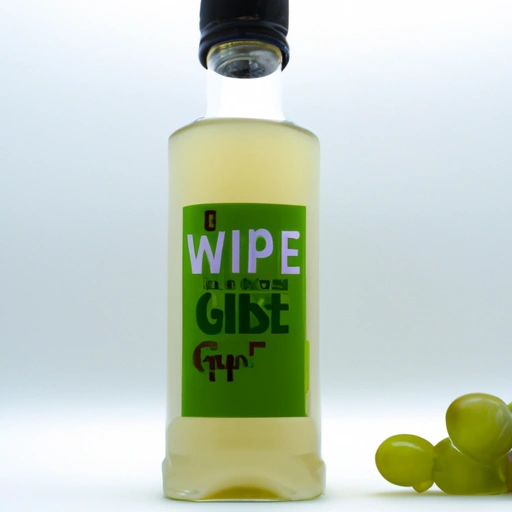White Grape Juice
Description

White grape juice is a sweet liquid extracted from the pressing of white or green grapes. It's a popular ingredient in various recipes, offering a subtle flavor and natural sweetness that can enhance both sweet and savory dishes. With its clear to light golden color, white grape juice is a common alternative to other sweeteners or fruit juices in cooking and baking. It's available in both concentrated and ready-to-drink forms, catering to versatile culinary needs around the world.
Common uses
White grape juice is widely used as a beverage, either on its own or as a base for cocktails and mocktails. It also finds its use as a natural sweetener in desserts, marinades, salad dressings, and sauces. In certain contexts, white grape juice can be used to deglaze pans or to add a touch of sweetness to savory dishes without overpowering other flavors.
Nutritional value
Calories
Typically, an 8 oz (approximately 240 mL) serving of white grape juice contains about 154 calories.
Protein
White grape juice is not a significant source of protein, with less than 1 gram per serving.
Fat
White grape juice is virtually fat-free, containing negligible amounts.
Carbohydrates
A single serving contains about 38 grams of carbohydrates, most of which are sugars.
Vitamins
It can be a source of Vitamin C, depending on the processing method, and may also provide small amounts of other vitamins.
Minerals
While not a rich source, white grape juice may contain minerals such as potassium and iron in small quantities.
Health benefits
The moderate consumption of white grape juice may contribute to hydration and provide antioxidants. These antioxidants, such as flavonoids and resveratrol, may have various health benefits, including supporting heart health and reducing inflammation.
Potential risks
Excessive consumption of white grape juice, which is high in sugars, can contribute to increased calorie intake, potentially leading to weight gain and impacting blood sugar levels. It may also contribute to dental erosion due to its acidic nature and sugar content.
Common recipes
White grape juice is used in jellies, fruit bars, sorbets, and as an ingredient in some confectioneries. It also appears in salad dressings and as a sweet glaze for baked goods.
Cooking methods
It can be used in poaching fruits, simmering, and braising, where it imparts a mild, fruity flavor to the dish.
Pairing with other ingredients
White grape juice pairs well with chicken, pork, and seafood. It complements citrus fruits, berries, and soft cheeses, and can also be used to balance the flavors in spicy dishes.
Summary
White grape juice is a versatile ingredient that can enrich an array of recipes with its sweetness and subtle fruitiness. While it is nutritious in moderation, it should be consumed in mindful amounts due to its high sugar content. Its culinary uses extend beyond a simple beverage, serving as a natural sweetener and flavor enhancer in both American and European cuisines.